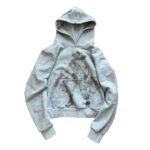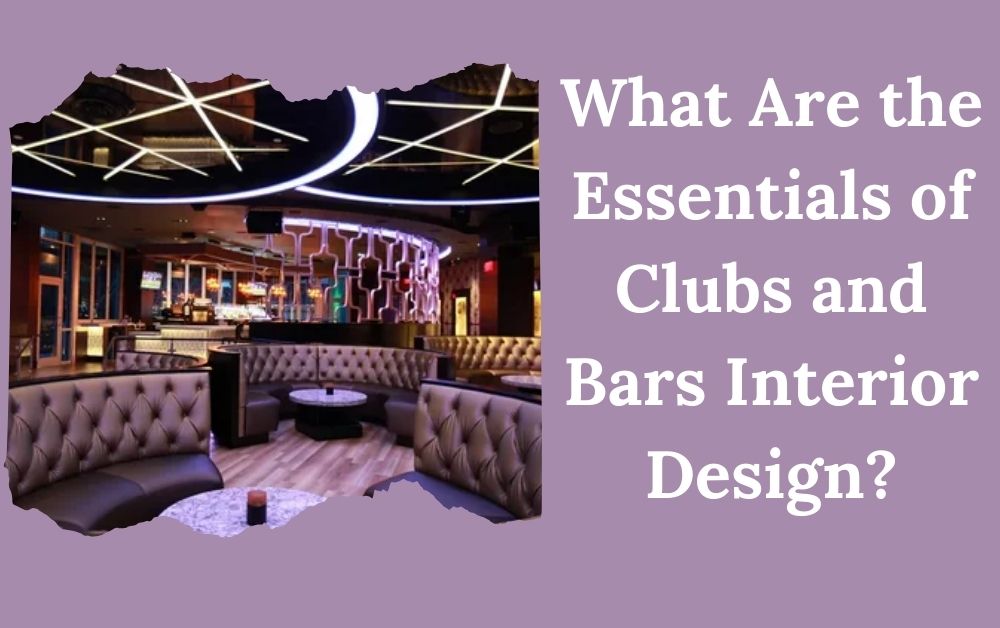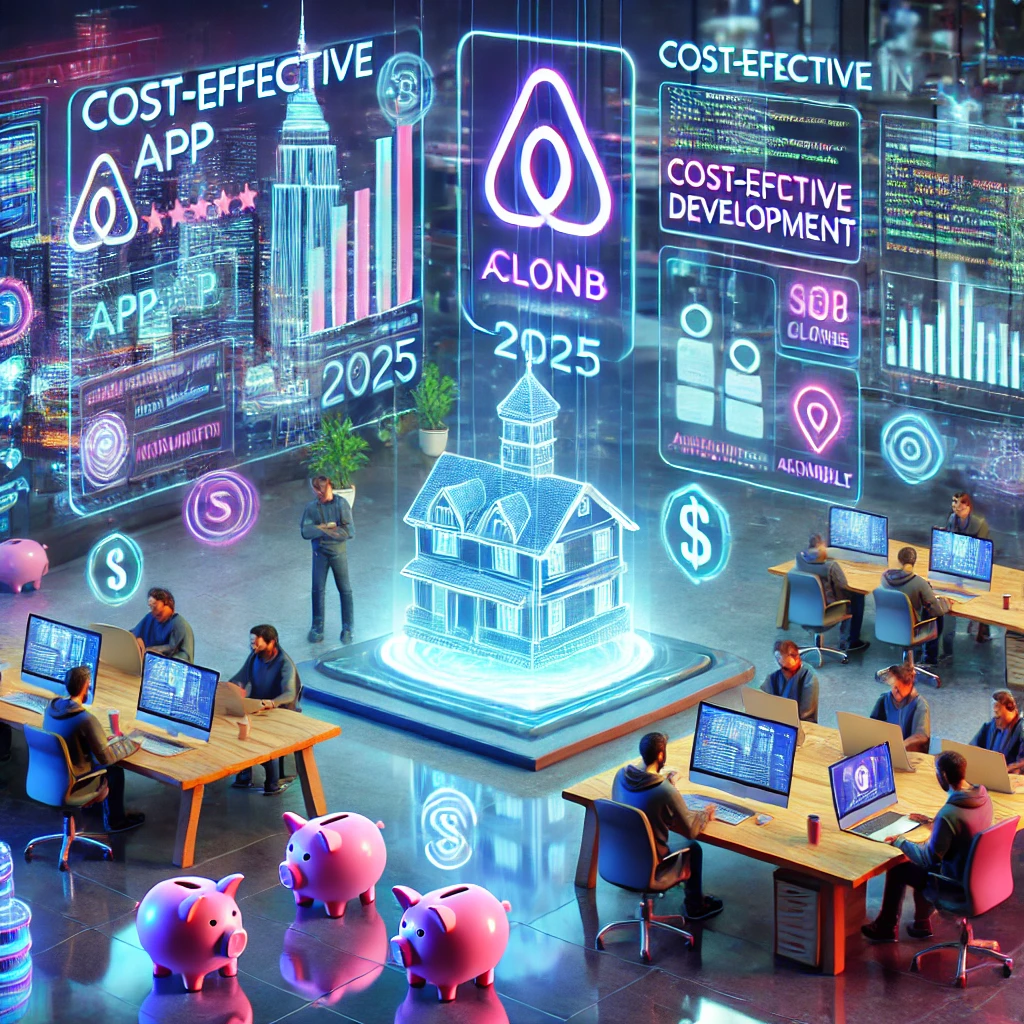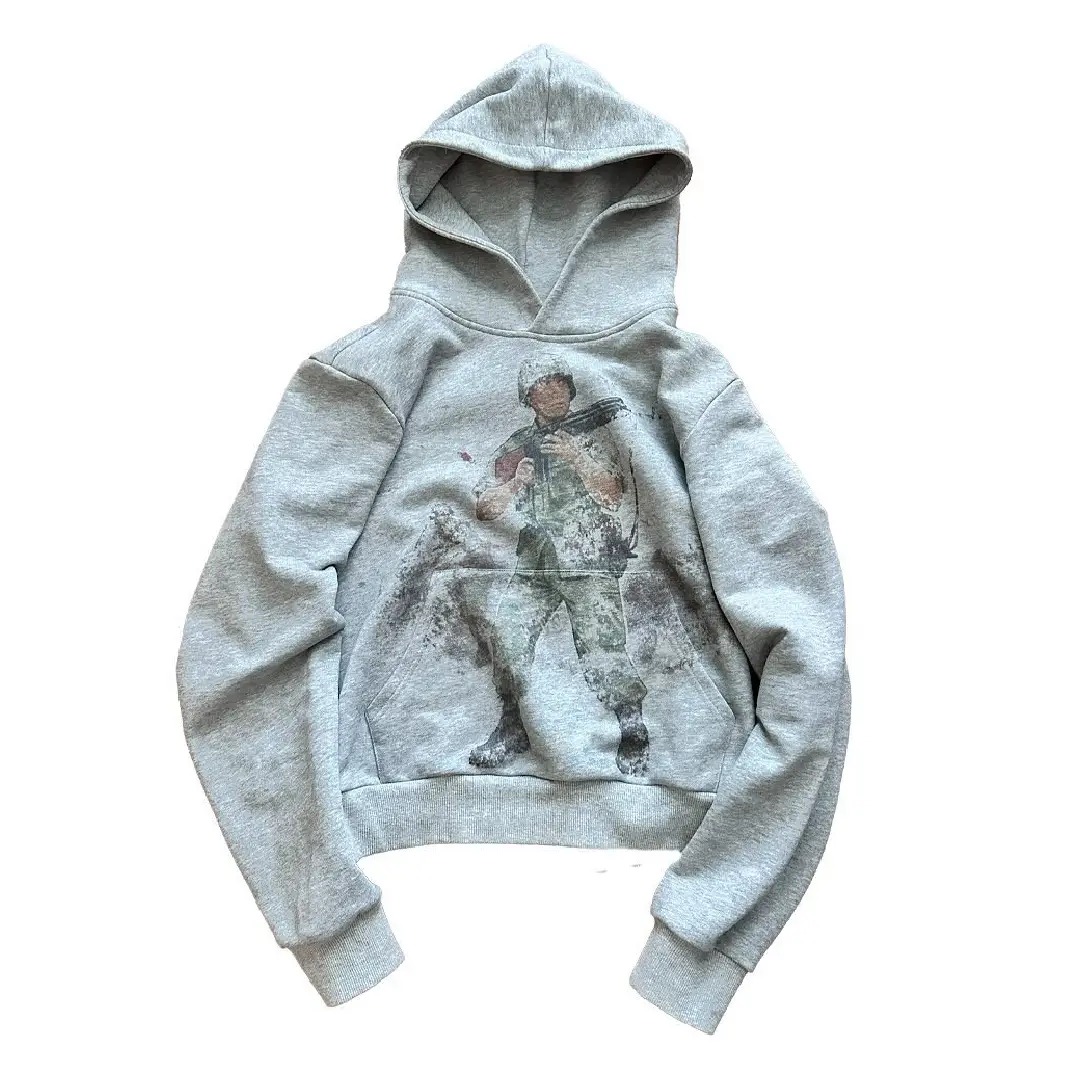Interior design is the cornerstone of any successful club or bar. It sets the mood, shapes the customer experience, and impacts the overall ambiance of the space. The design of a club or bar must be both functional and aesthetically pleasing. It needs to consider not only the comfort and enjoyment of the patrons but also the operational needs of the business. In this article, we will explore the essential elements of clubs and bars interior design, highlighting how a well-executed design can enhance the atmosphere, improve guest satisfaction, and support the business’s goals.
The Role of Concept and Branding in Bar and Club Design
Establishing the Concept
The concept of a club or bar plays a critical role in shaping its interior design. It defines the space’s identity and influences every design decision, from the layout to the decor. The concept should be in harmony with the target audience and the brand identity. Whether it’s a chic cocktail lounge, a high-energy nightclub, or a cozy dive bar, the design should reflect the personality and atmosphere of the space. For instance, a modern nightclub may incorporate sleek, minimalist furniture and a dynamic lighting scheme, while a retro bar might embrace bold, vintage furnishings and playful patterns.
Branding through Interior Design
Branding is a significant component of interior design for bars and clubs. A strong, consistent brand identity must be communicated through design elements like color schemes, logo placement, lighting, and the overall aesthetic of the space. Every design choice—from the furniture to the materials used—should reinforce the brand’s message. A club or bar that conveys its identity effectively through design helps patrons connect with the space and enhances their overall experience. This sense of belonging can also foster loyalty, making guests more likely to return.
Lighting: The Foundation of Atmosphere
Creating the Right Ambiance
Lighting is one of the most important elements in creating the right atmosphere in clubs and bars. The lighting in these spaces must change the mood and provide functional illumination, whether it’s for the bar area, dance floor, or seating areas. In a nightclub, for example, dramatic, low lighting and colorful spotlights can create an energetic and vibrant vibe, while a cocktail lounge might use soft, ambient lighting to encourage relaxation.
Variety in Lighting Design
The variety of lighting is also important. Layered lighting—combining task lighting, ambient lighting, and accent lighting—can help create dynamic spaces within a club or bar. For instance, task lighting is essential for the bar area where drinks are being prepared, while accent lighting can highlight artwork, architecture, or special design features. Dimmer switches and adjustable lighting can also provide flexibility, allowing the mood to change throughout the night depending on the crowd and time of day.
Color and Temperature of Lighting
The color temperature of the lighting plays a huge role in setting the mood. Warm tones can make a space feel inviting and intimate, while cool tones can lend a modern, energetic feel. In clubs, where the energy levels can fluctuate, lighting that can be adjusted for different activities—like dancing or lounging—ensures a comfortable and engaging environment for patrons.
The Importance of Layout and Space Planning
Efficient Layout Design
An efficient layout is key to creating a functional and enjoyable space in clubs and bars. The design should prioritize easy circulation and maximize space while offering comfort and privacy where needed. Consideration of the flow of traffic is essential—patrons should be able to move through the space with ease, whether they’re heading to the bar, the dance floor, or the restroom. Overcrowded areas can detract from the experience, so it’s important to create areas of flow that encourage socialization but don’t create bottlenecks.
Seating and Comfort
The seating arrangements in a bar or club should provide flexibility. Lounges, booths, and stools can be arranged in a way that suits different social interactions. The type of seating chosen—whether soft, plush sofas or sleek bar stools—will also influence the comfort level. Clubs, in particular, often prioritize dance floors with minimal seating, but offering comfortable spaces to sit and relax is essential, especially for those who want a break from dancing or for guests who prefer a more laid-back experience.
Bar Area Design
The bar is the focal point of any club or bar. Its design should be both practical and aesthetically appealing. The bar area should be strategically placed to encourage socializing and ensure that customers can easily access drinks. It should also be efficient for staff, with adequate space for working and storing items. The use of high-quality materials for countertops, like marble or wood, can elevate the space and give it a more luxurious feel. Additionally, the placement of the bar in relation to other areas like the dance floor or seating zones is crucial for balancing the energy of the space.
Materials and Furnishings: Setting the Tone
Choosing the Right Materials
The materials used in the design of clubs and bars influence both the aesthetic and the practical aspects of the space. High-traffic areas, such as the bar and entrance, should feature durable, easy-to-clean materials, while softer, more luxurious materials can be used in quieter areas like lounges or VIP sections. For instance, a wood-paneled wall can evoke warmth and sophistication, while metal or glass elements can lend a modern, sleek touch.
Furniture Selection
Furniture choices should be in line with the overall concept of the bar or club. Tables, chairs, stools, and booths should be both comfortable and durable. In addition, the arrangement of the furniture should allow for a balance of intimacy and openness, depending on the intended atmosphere. For example, low seating arrangements in intimate booths can encourage quiet conversation, while bar stools around a large bar encourage social interaction. Outdoor spaces, if available, require durable furniture designed for various weather conditions.
Acoustic Design: Enhancing the Sound Experience
Controlling Noise Levels
In bars and clubs, the sound environment can have a significant impact on the overall experience. Acoustic design should be considered to control noise levels, prevent sound distortion, and ensure the audio experience matches the desired atmosphere. In a nightclub, booming bass and high-energy music might be a key feature, but in a more relaxed bar, soft background music is preferable.
Soundproofing
Soundproofing is also a crucial aspect of interior design for clubs. A noisy bar or club that disturbs nearby businesses or residents can lead to negative feedback or even legal issues. Effective soundproofing can help contain the noise within the venue, making the club’s operations smoother and more enjoyable for patrons.
Quality Sound Systems
The integration of a high-quality sound system into the interior design is crucial for clubs and bars. This includes speakers that are strategically placed for optimal sound distribution, ensuring that the music or any other audio experience can be heard clearly throughout the venue. The use of high-end speakers and amplification equipment can improve the quality of the experience, whether for DJs spinning tracks or live bands performing.
Color Palette and Decor: Setting the Mood
Choosing the Right Colors
The color palette is a key aspect of any bar or club’s design. Colors have the power to evoke emotions and influence the behavior of patrons. For example, warm tones like red, orange, and yellow can create a stimulating, high-energy atmosphere, which is ideal for nightclubs. On the other hand, cool tones such as blues and greens can create a more relaxed, sophisticated environment for cocktail bars or lounges.
Decor and Artistic Touches
The decor of a club or bar is where creativity shines. Artwork, murals, sculptures, and other decorative elements should complement the theme of the establishment. For example, a 1920s speakeasy-inspired bar might feature vintage art and antique furniture, while a modern club could showcase contemporary art or neon lights. Unique and bold decor choices can make a club or bar memorable, encouraging guests to return and share their experience with others.
Customer Experience: Personalization and Functionality
Creating a Personalized Experience
The interior design of a club or bar should provide a unique experience for every guest. Personalization options, such as VIP sections with customized seating or specialized drink offerings, allow guests to feel valued. Technology also plays a part in personalizing the experience. Digital menus or ordering systems allow customers to customize their orders, while apps that track customer preferences can help staff provide a more tailored service.
Functionality and Practicality
While aesthetics and creativity are key, functionality is just as important in bar and club design. The space must be designed with practical considerations in mind, ensuring that both staff and patrons can move through the space efficiently. Adequate storage for staff, easy-to-reach shelves for bartenders, and clear pathways for guests will make the space more functional and enjoyable.
Conclusion
Clubs and bars are unique environments where interior design plays a vital role in shaping the guest experience. From establishing a strong concept and brand identity to creating a functional, welcoming space, every detail counts. Lighting, layout, materials, and sound all contribute to an immersive environment that enhances the energy and vibe of the venue. By balancing aesthetics with functionality, bar and club owners can create spaces that offer both visual appeal and a high-quality customer experience, ensuring that patrons keep coming back for more.
For more insightful articles related to this topic, feel free to visit coeruniversity.com







